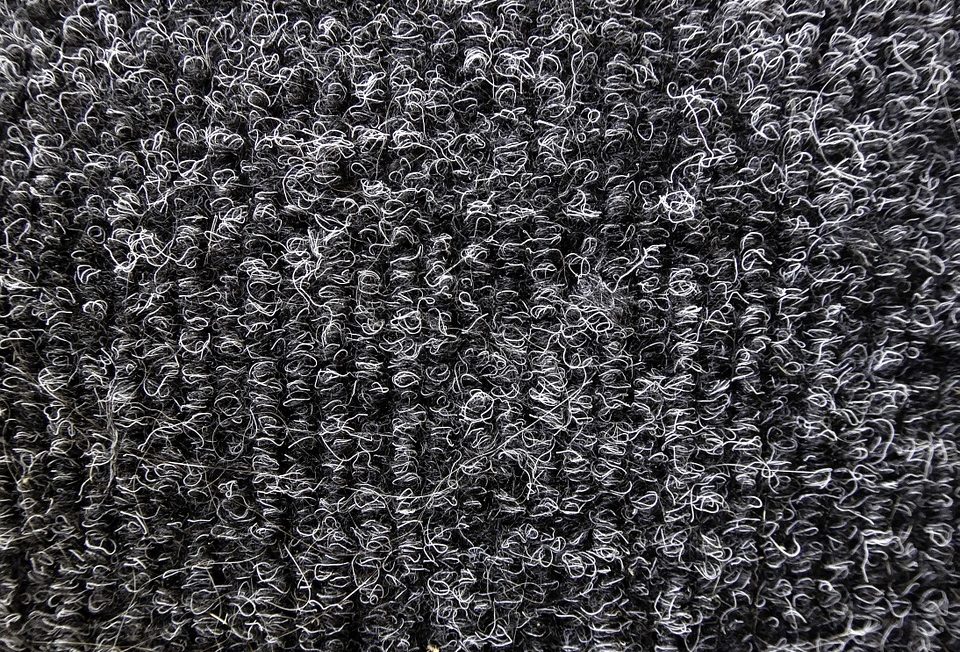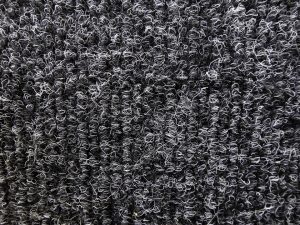Types of Carpet Fibers: A Quick Buying and Cleaning Guide

When shopping for a new carpet for your home or office, it is important to choose the carpet that will complement your interiors. Color and design are not your only considerations; choosing the right carpet with the right fiber for its intended use can also make all the difference. The carpet that you buy must look great and blend with your place, feel comfortable beneath your feet, and it must not wear out or stain easily.

Each carpet fiber has its own pros and cons. As a buyer, you must weigh each of them to help you make the right choice.
Wool is a natural fiber that comes from sheep. It offers a rich look and feel. Wool carpets are quite expensive, and can cost up to 2 to 3 times of other fiber types. Wool carpets are naturally flame resistant and also resistant to mild acids. Wool fibers are also flexible, strong, and resilient.
Wool carpets, however, are easily stained and have static at low humidity. They are attractive to bugs and have excessive alkalinity that causes fiber degradation.
Generally, wool is easy to clean. However, stains in wool carpets need lot of care, as wool is quite sensitive to most stain removal chemicals. Cleaning urine out of wool is also difficult, as off the shelf treatments are not recommended. Bleach is also a big no-no, as it dissolves wool.
Drying a wool carpet is also a big challenge as wool carpets retain up to 30% of its weight in water, while staying dry to the touch.
It is not advisable to use regular upright vacuums on wool carpets with loop design. It will give your carpet an irreversible fuzzy look.
Silk fibers are often used in oriental rugs. Silk is naturally non-flammable. It is a very strong fabric and is anti static. However, silk can be costly. It is also quite absorbent, and its texture can change when it becomes wet.
In general, silk is difficult to clean and can be damaged by alkaline cleaners. It should be cleaned using a dry cleaning process to maintain its texture and look. A silk carpet is not a practical choice for normal household use.
Nylon is used in approximately 65% of the carpets sold in the US. Nylon is a strong, durable, and resilient fiber. It cleans and wears well. Nylon carpets are also mildew and mothproof, and they are difficult to stain. Nylon is a strong fiber, making it the ideal choice for busy places with heavy traffic.
Nylon carpets are truly economical and will give you the best value for your money. It absorbs moisture and is easy to clean. Aside from being versatile, it can also be cleaned using a wide variety of cleaning chemicals.
Olefin carpets look and almost feel like nylon. It doesn’t fade easily, it is the least absorbent, and it is almost stain resistant. However, olefin carpets are not resistant to oily soil. It also tends to get flat easily. It may be less expensive, but won’t last as long as other types of carpets.
Olefin requires a complicated cleaning process where special chemicals are needed.
Polyester carpets are durable and wear-resistant. They offer a wide selection of different and beautiful colors and textures. Polyester is non-allergenic, sheds moisture, and is moth and mildew resistant. Polyester carpets are also cheaper compared to wool and nylon.
Polyester, however, is prone to pilling, shedding and oil-based stains, but it can be cleaned easily. Most stain treatments can also be used on polyester carpets.
When shopping for carpets, one must not only look at the different designs and colors, but where the carpet will be placed and its application must also be considered. You must also look into how easy or how complicated its cleaning process is. This will generally tell you what kind of carpet to buy for your home or office.
Written by Eric Sappington, owner of Sappington’s Carpet Care, the leading company for carpet cleaning in Columbia, MO.
